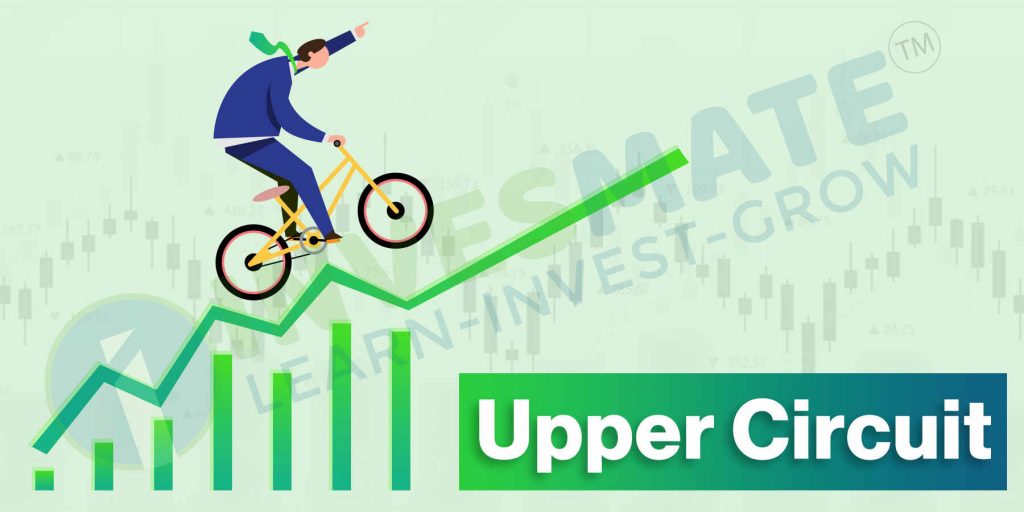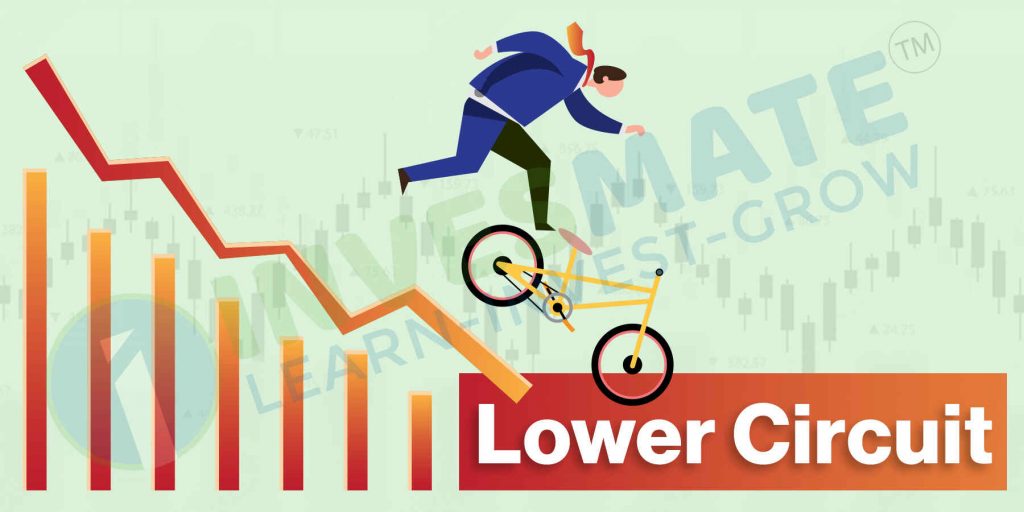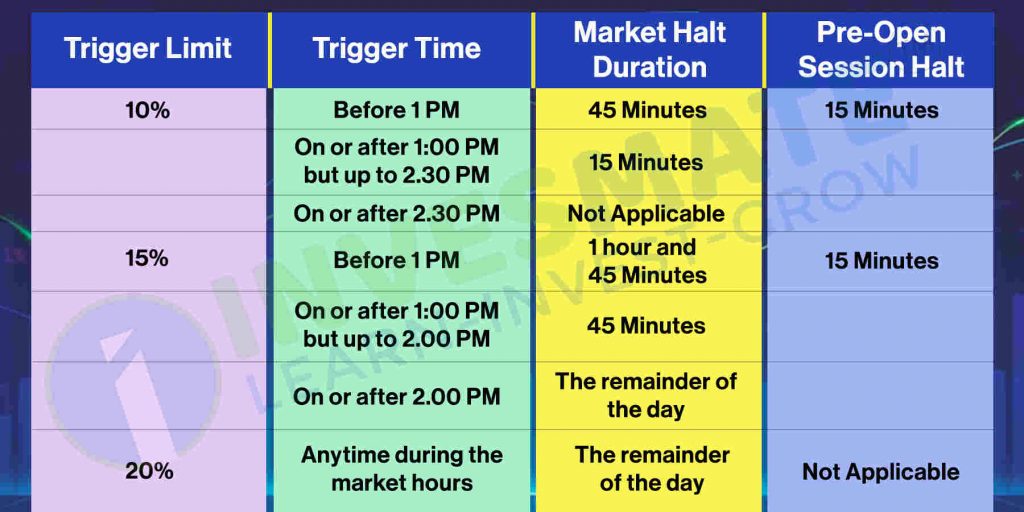Those of us involved in the stock market are well aware of how much volatile the market is. Sudden price fluctuations often expose investors to significant losses.
Start with a recent example, as Paytm stocks hitting its lower circuit in Feb,2024.To prevent possible manipulation of share price, Every time Paytm hit the lower circuit, trading in the stock was halted for a certain period of time to prevent possible manipulation of the share price at that time.
To safeguard an investor’s interest, SEBI introduced circuits mechanisms that are used to regulate extreme price movements of stocks or securities. These concepts play a significant role in shaping the behavior of certain stocks, impacting trading activities, and influencing investment strategies.
This blog will give you a proper idea about Upper Circuit & Lower Circuit.

What is Upper Circuit ?
“Upper circuit” is when a stock reaches its maximum higher limit for the day as per the exchange regulations. Trading is temporarily suspended to maintain market stability and fairness.
As an investor, you must remember that the price of a stock cannot rise beyond its upper circuit in a single trading session.

What is Lower Circuit ?
“Lower circuit” is a temporary halt in trading that happens when a stock price hits maximum lower limit. This is to prevent rapid drops in market and allow investors to re-calibrate their positions.
Upper Circuits and Lower Circuits for Stocks
Stock exchanges set up a price band which represent the maximum allowable price movements for a stock within a single trading session based on the last traded price. The purpose of setting up these price bands is to maintain market stability, prevent panic selling or buying, and deter manipulation.
Upper Circuits and Lower Circuits for Indices
Circuits may be used not just for individual stocks, but may also be implemented for an index. The circuit breaker system raises a red flag when an index either dips or rises by 10%, 15% and 20%. When this happens, trading is halted not just in equity markets, but also in the derivatives markets in India. The duration of this halt is decided by the Securities Board Exchange of India based on the percentage of price movements.
After each halt session, BSE re-opens the market with a pre-opening session while, NSE reopens the market with a pre-open call auction session.
The basic overview of the circuit trigger point represented in below table:

5 key facts about upper and lower circuit
1. Circuit filters are anchored to the previous day’s closing price, determining upper and lower circuit levels. These thresholds are fundamental for managing stock price volatility.
2.The stock exchange’s website provides transparent access to circuit filters, ensuring investors can readily access this critical information.
3. Initial Circuit Limits typically 20% of the previous day’s Closing Price and are calculated from the previous day’s Closing Price as a baseline to constrain the price movement.
4. Upon reaching the upper circuit, a stock’s price has surged to its daily maximum, resulting in a buyer-dominated market, while hitting the lower circuit signifies a seller-driven market due to a price decline hitting its daily minimum.
5. Intraday trades automatically shift to delivery when upper or lower circuits are triggered, as trading halts, necessitating delivery-based transactions for the remainder of the trading session.
Conclusion
Stock exchanges implement circuits to protect investors from market volatility. Knowing about upper and lower circuits is vital for investors to manage risk. Circuits restrict trading but can also offer profit chances when understood well. Keeping updated on market trends helps investors anticipate circuit limits and make informed decisions.
FAQs
In a circuit, price can exceed preset limits in both upward (upper circuit) and downward (lower circuit) directions. Despite being constrained, the price can still adjust within these limits.
SEBI as regulator of the Indian Stock Exchange set those circuit filters. Circuit filters are determined based on market volatility, trading volume, and regulatory guidelines to manage risks and maintain orderly markets.
If the stock market hits the upper circuit, there will be primarily only buyers and very few or no sellers.
If the stock market hits the lower circuit, there will be primarily only sellers and very few or no buyers.
In a circuit, the price can surpass the predetermined limit in both upper and lower directions. Interestingly, during an upper circuit, the price may decrease, while during a lower circuit, it may increase.



Pingback: What Is Liquidity in The Share Market - INVESMATE: Get Stock Market News and Updates at Your Fingertip